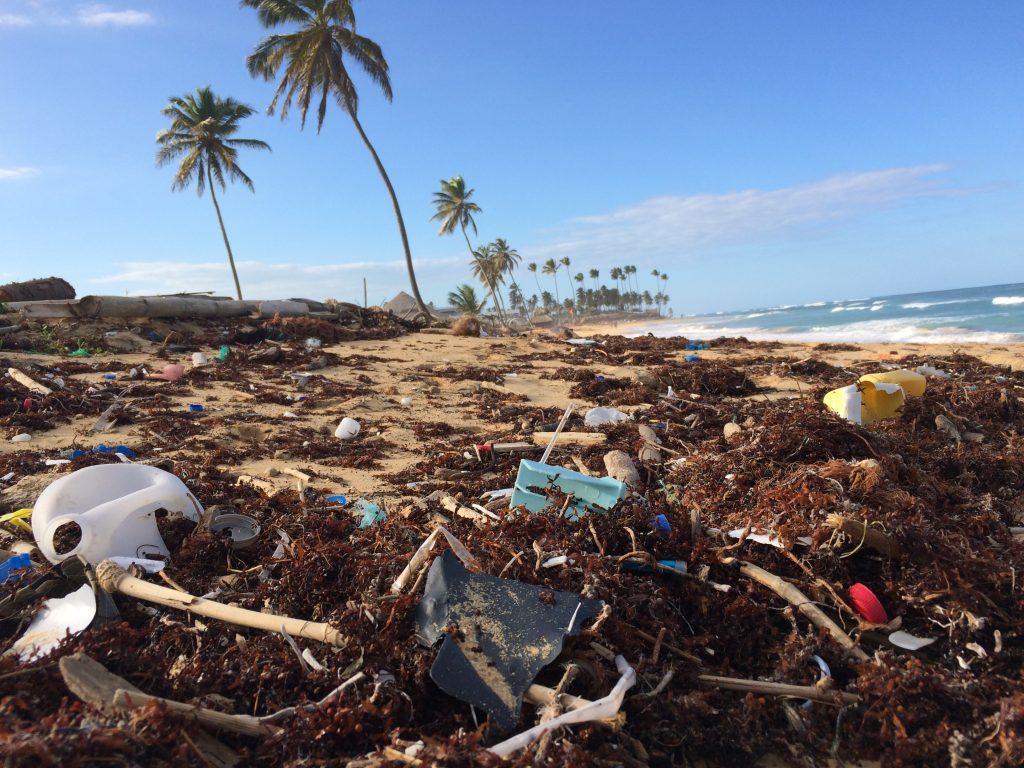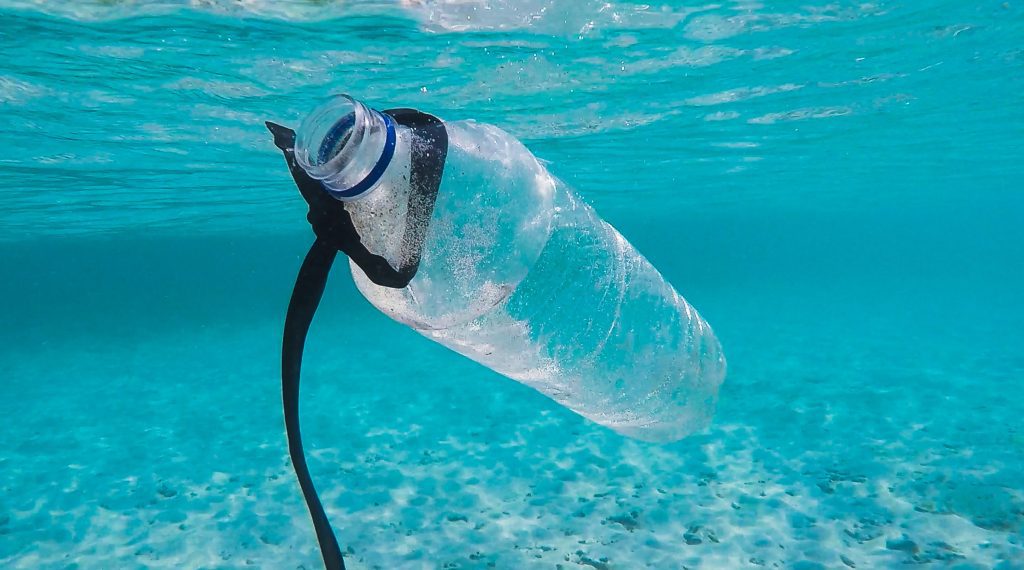What Everyone Should Know About Microplastics In Your Body
Scientists have discovered microplastics in the human body hiding in plain sight within the lungs and bloodstreams. Researchers recently discovered microplastics lodged in the bloodstream of some anonymous donors or hiding in the lung tissue of patients anticipating surgery, while another study reports the sighting of microplastics in the placenta.

The studies show that microplastics are ubiquitous and may enter your body through inhalation, food, or drinks before making their way into vital body systems. More studies are geared toward finding possible health risks of microplastics in your body.
The production of plastics grew by 8.4% annually between 1950 and 2015. Researchers have reported traces of microplastics more than five miles above sea level and deepest parts of the ocean and venture further to find its possible health risks.
More people are exposed to microplastics owing to their availability in the air you breathe, dust particles, and your favorite shellfish. The particles are often tinier than grains of sand, with varied sizes, shapes, and chemical compositions.
Finding and removing microplastics in your body requires cautiousness to reduce the risk of contamination. Some people visit hospitals for lung operations but are unaware of the health effects of microplastics in the lungs of children and adults.

Most recent research on microplastics focuses on exposure without exploring the possible health outcomes of exposure. The US government should use the latest findings to inform their investments in studies focused on epidemiology and toxicology.
Individual countries in Europe and the European Union have made relevant steps towards discovering more about exposure and possible health effects of microplastics.
